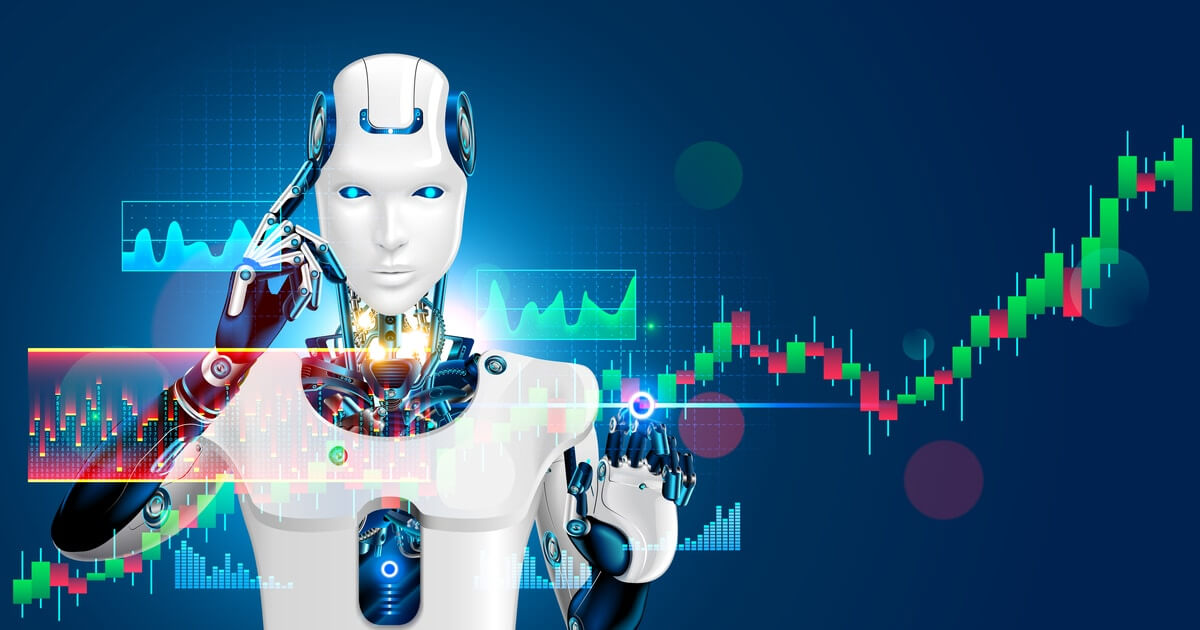AI-Powered Animation: How Vinland Saga’s 20-Year Journey Signals New Trends in Anime Production

According to @AnimeNewsNetwork, the conclusion of Vinland Saga after a 20-year journey highlights a growing trend in the anime industry where AI-driven tools are increasingly used to enhance animation quality, streamline production pipelines, and reduce manual labor. Studios are now adopting AI for tasks such as in-between frame generation, background creation, and voice synthesis, leading to faster content delivery and cost savings. This shift presents significant business opportunities for AI startups and technology providers specializing in creative automation. As the anime market continues to expand globally, leveraging AI in production is set to become a competitive differentiator for studios aiming to meet rising demand and improve output efficiency (source: Anime News Network, 2024).
SourceAnalysis
From a business perspective, the end of iconic series like Vinland Saga opens up market opportunities for AI-driven monetization strategies in the anime sector. Companies can leverage AI to create personalized fan experiences, such as generating custom storylines or virtual reality adaptations based on user preferences, tapping into the $10 billion fan merchandise market reported by Grand View Research in 2023. For example, AI algorithms can analyze viewer data from platforms like Crunchyroll, which boasted 100 million registered users in 2022, to predict trends and develop targeted content, enhancing revenue through subscriptions and ads. Market analysis from Deloitte's 2023 Technology, Media & Telecommunications report indicates that AI could add $15.7 trillion to the global economy by 2030, with entertainment sectors benefiting from predictive analytics for hit series forecasting. Businesses face implementation challenges like high initial costs for AI training data, but solutions include cloud-based platforms from providers like Google Cloud, which offer scalable AI tools for animation studios. Key players such as Adobe with its Sensei AI suite are leading the competitive landscape, enabling seamless integration into workflows like those used in Vinland Saga's animation adaptations by Wit Studio. Regulatory considerations are crucial, with Japan's 2023 guidelines on AI ethics emphasizing creator rights and data privacy under the Personal Information Protection Act. Ethical implications involve ensuring AI-generated content credits original artists, promoting best practices like hybrid human-AI collaboration to avoid job losses. Monetization strategies could include licensing AI models for fan-generated content, creating new revenue streams post-series conclusion, with predictions suggesting a 25% growth in AI-assisted media production by 2025 per McKinsey insights.
Technically, AI implementations in anime involve advanced machine learning techniques like diffusion models for image generation and natural language processing for script writing, which could extend legacies like Vinland Saga by automating repetitive tasks. For instance, tools like Runway ML's Gen-2, released in 2023, allow text-to-video conversion in anime styles, reducing animation time from weeks to hours. Implementation challenges include dataset biases, where AI trained on existing manga might perpetuate stereotypes, solvable through diverse training sets as recommended in a 2023 IEEE study on ethical AI. Future outlook points to multimodal AI systems integrating voice, text, and visuals, with OpenAI's advancements in 2024 potentially enabling fully AI-generated episodes. Competitive landscape features startups like Pika Labs competing with established firms, while regulatory frameworks like the EU AI Act of 2024 demand transparency in high-risk applications. Ethical best practices include watermarking AI content to distinguish from human work, fostering trust. Specific data from Gartner in 2023 forecasts that by 2026, 75% of enterprises will use generative AI, impacting anime with opportunities for real-time fan interactions. In summary, as series end, AI paves the way for innovative, efficient production, promising a vibrant future for the industry.
FAQ: What is the impact of AI on the anime industry following the end of series like Vinland Saga? AI is transforming the anime industry by enabling faster production and new content creation, helping to fill gaps left by concluding series through generative tools that boost efficiency and fan engagement. How can businesses monetize AI in manga and anime? Businesses can monetize AI by offering personalized content services, licensing tools for creators, and using data analytics for targeted marketing, potentially increasing revenues in a market projected to grow significantly by 2030.
PicLumen AI
@PicLumenAI image generation made intuitive. Text-to-image, image-to-image & image description tools. No watermarks. Featuring FLUX.1 & fan-favorite PicLumen Art V1.
.jpg)